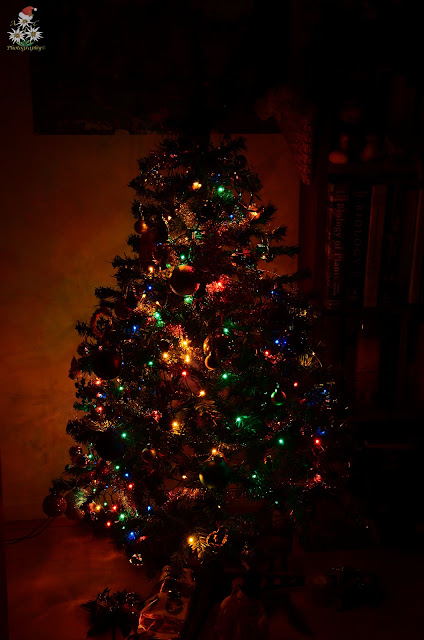Entering the realms of Lofoten
From Trondheim, we embarked on a 10 hour long night train across and beyond the arctic circle, to Bodø. We slept as we could, in the 2 hours or maybe less of real darkness. It was funny to see the Sun going down and behind the horizon and, in a blink of an eye, see it again coming up on the other side.

We anxiously passed the arctic circle, in a land that seemed a vast plateau with scarce vegetation and clusters of old snow. After that, the train rushed downstream to its final descent and towards Bodø.
We had about 25 minutes to go from the train station to the ferry that would take us to Lofoten Islands.
The weather was not on our side, strong winds, threat of rain and barely any visibility in the horizons.

After 3 hours, the rocky and steep shores of the islands greeted us, revealing for short periods of time, their unsurpassed wild beauty.
We got off the ferry and rushed towards the tourist center to get a decent topographic map of the area.

We did not want to stay much in Moskenes so we started the route up the mountains. There was only us and another French couple that decided to continue, curiously on the same track.
After a short stop for supplies, we continued on a track that would lead us to the Munkebu cabin, bound west of our position.



Patches of Eriophorum vaginatum
Sørvågvatnet and the Norwegian Sea
We passed swiftly through a short area of spruce and we were soon under the naked sky, with no vegetation but for sparse clusters of moss and bare rock.
We reached Munkebu cabin after 3 hours and decided to stop here because the weather didn't show any signs of improvement. A long day awaited us so we went to sleep quite early, at 7 pm.
The next day started the same way it ended. A foggy and humid sky with weak easterly winds. Not a great way to start a hike but we knew that the weather might improve later on.
Munkebu cabin
From now on the track was becoming slightly more difficult, with abrupt descents and heavy ascents. Although the altitude profile is not impressive, there are large amplitudes which require a lot of effort and drains the energy stock very fast.
View of Forsfjord
Later that day we met two exciting people that caught up to us while we were on a small break. Ola and Mariusz were heading the same way as we were and so we decided to climb together.
They told us their plan about their stay in Lofoten and how they wanted to visit other places in Norway. We were quite surprised when they asked us if we wanted to join them and we settled that we will give the idea a thought, considering that this would have completely changed our plans.
At about 15 pm we arrived at the top of Hermannsdalstinden. Luckily the weather improved and we feasted with a spectacular panorama of the entire island. Crests, steep slopes, dark blue fjords and the endless ocean were all together creating a magnificent vista of Norway's natural jewel.
We spent more than an hour on top together with Ola and Mariusz, enjoying a nice coffee made on the spot and talking about all sorts of things.
View towards the southern part of Moskenes Islands
On the way down we decided that we will go with Ola and Mariusz on a trip that will take us across the whole of Norway's west coast.
We got separated because we wanted to camp at the shore of Forsfjord. An abrupt descent was in front of us and no matter how easy it seemed while we were on top, by the time we got to the water, we were almost exhausted.
Crossing the shore of Reinefjord
By the time we went to sleep, around midnight, no less than 16 hours had passed since we started hiking that day. It was probably the longest continuous hike we did up to that point. It did not matter that there was still light at midnight because we passed out exhausted. The next morning we had to find a way to pass the fjord and reach the village of Reine. We had an idea how to do that but we were too tired to make any more plans.





























Comentarii
Trimiteți un comentariu